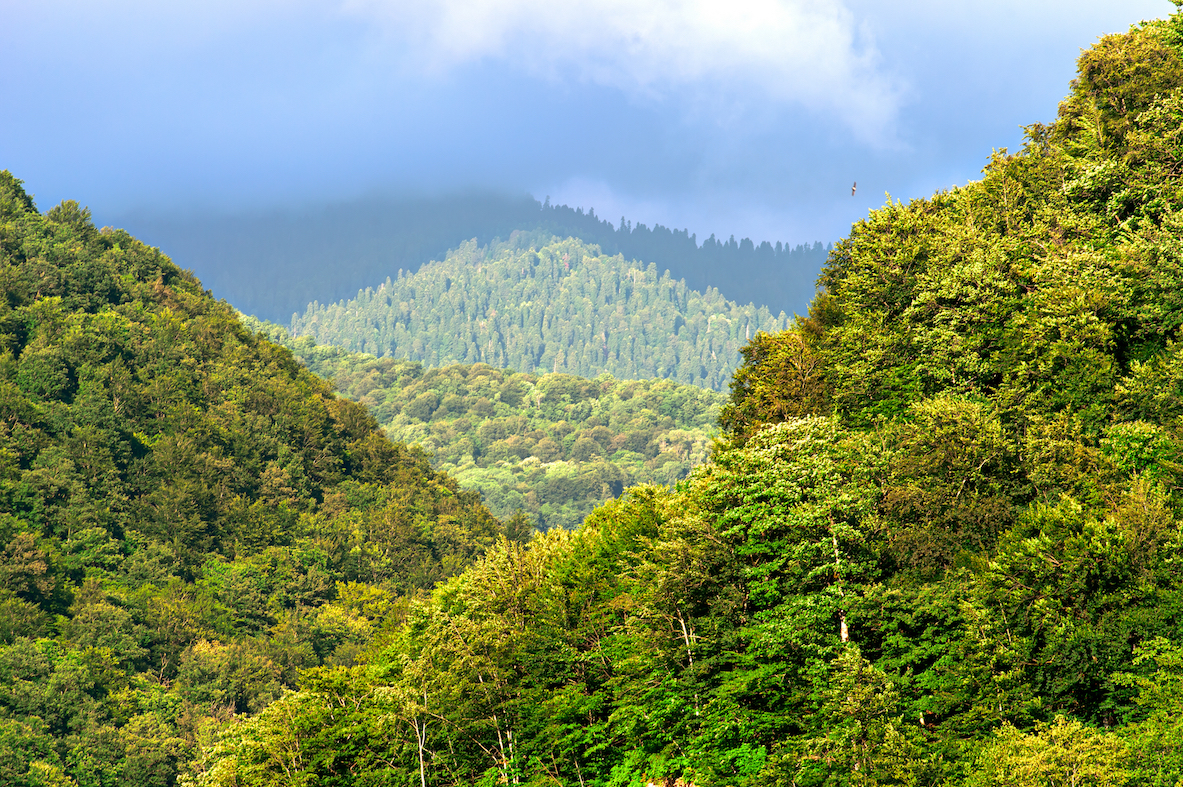
Satellite data helps forest management and regeneration
The European Space Agency (ESA) is making forest regeneration and forest ecosystem management much easier thanks to easily accessible compilations of satellite data.
It’s part of ESA’s Thematic Exploitation Platform or TEP for short. There are now seven TEPs available to me make Earth Observation (EO) satellite data easily understandable and available.
According to the ESA, the project is “a collaborative, virtual work environment providing access to EO data and the tools, processors, and Information and Communication Technology resources required to work with them, through one coherent interface.”
Each of the seven platforms are dedicated to a particular geographic region, ecosystem, or concern.
The platforms include data on geohazards, coastal environments, forestry, hydrology, polar regions, urban environments and food security.
The TEPs provide valuable insight and can help with widespread management and conservation. In Finland, for example, the forestry TEP helps landowners manage conifer seedlings and conifer populations.
Conifers are the most common native species of tree and of vital economic importance to Finland, but managing conifers in forests can be a timely and costly process.
Conifers need space to grow and often government incentives are given to property owners in order to cut down shrubs and plants that might hinder the seedling’s growth.
Now, with TEP, forest owners need only search through the data to find forest maps that tell them what areas need attention.
“The Forestry TEP allows us to map shrub coverage so that we can advise forest owners on the best time to manage regeneration areas. It can also be used to estimate how much work it will take to remove shrubs and the cost involved,” said Aki Hostikka from the Finnish Forest Centre told ESA.
The Thematic Exploitation Platforms are still in their early phases, but as has been evidenced with the Finnish Forest Centre, the TEPs will be a valuable asset in monitoring and managing the Earth’s ecosystems.
—
By Kay Vandette, Earth.com Staff Writer













